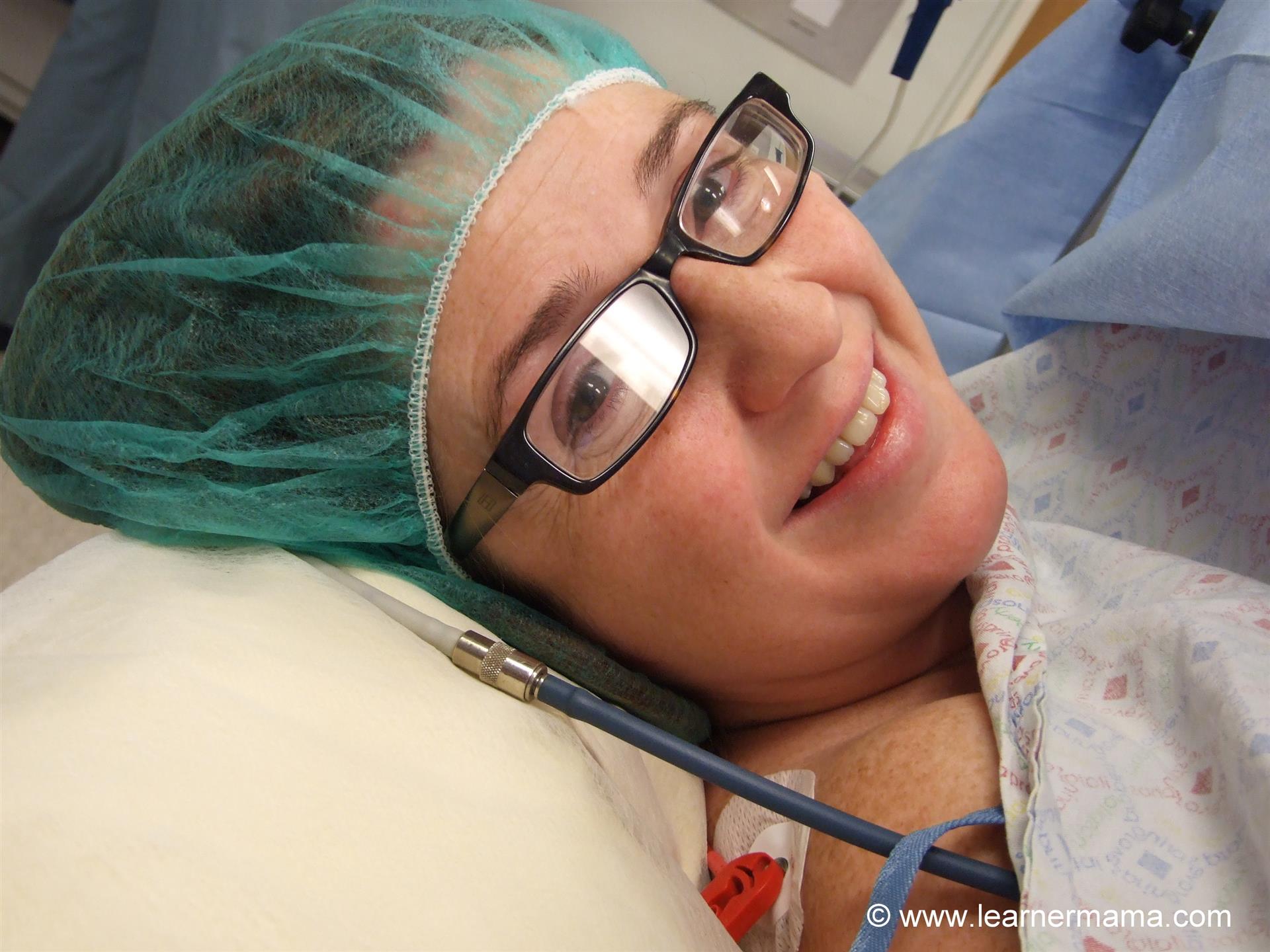So, you have made the decision to embark on an incredible journey and give a family the most priceless gift. Congratulations! You are not only an amazing person but you have also made a selfless decision to help Intended Parents fulfill their dream of building a family.
#1
The screening process begins with you filling out our short online application. This is a form found on our website http://sharedconception/application. This form begins your initial application and ensures that you meet the basic qualifications for becoming a surrogate. We want to get to know you and understand why surrogacy is right for you.
Overall good health without any psychiatric illness or sexually transmitted diseases.
Financially secure
Birthed at least one child that she is currently raising and experienced uncomplicated pregnancies.
Be between the ages of 21-38.
Be in a happy, stable living environment and have the full support of her spouse or partner.
Non-smoker and not be exposed to second hand smoke.
Must not use illegal drugs.
Have a healthy height to weight ratio (BMI) as determined by a medical professional – Recognize that an individual does not have to be as skinny as a stick, just be healthy and comfortably fit!
Possess a high school diploma.
U.S. Citizen or permanent resident of the U.S.A.
Responsibly take all medications (oral, patches, injections, etc.) as instructed.
Have a reliable mode of transportation.
Enjoy being pregnant and have a sincere desire help others create or add to their family.
#2
After we pre-approve your online application, a member of the Shared Conception team will contact you to set a time and date for a phone interview. This call is to learn more about you, your personality, and your family and discuss some of the more intricate details of your potential journey. This is also a great time to ask any questions or voice any concerns about the surrogacy process.
#3
After the interview, we will send you an extensive questionnaire. This questionnaire is important as this is how we perform our custom matching of you and the right intended parents.
#4
Next, our team will begin looking into your medical history, specifically your previous pregnancies and births. We will reach out to any current or previous hospitals and doctors' offices to obtain your official records. We want to make sure there were no complications or issues throughout your previous pregnancies and deliveries.
Our staff will request a “clearance letter” from your current OB. This is simply a letter from your doctor stating that you are healthy enough to become pregnant.
#5
Once we have your pap results, clearance letter and hospital records, we will then run a background check on you, your spouse or live-in partner. We run these checks on all of our potential surrogates and Intended Parents for the safety and security of all parties.
When you make it through all of these screenings you are on your road to becoming matched with Intended Parents. Shared Conception looks forward to working with you. If you are ready to start working with us, contact us today!







